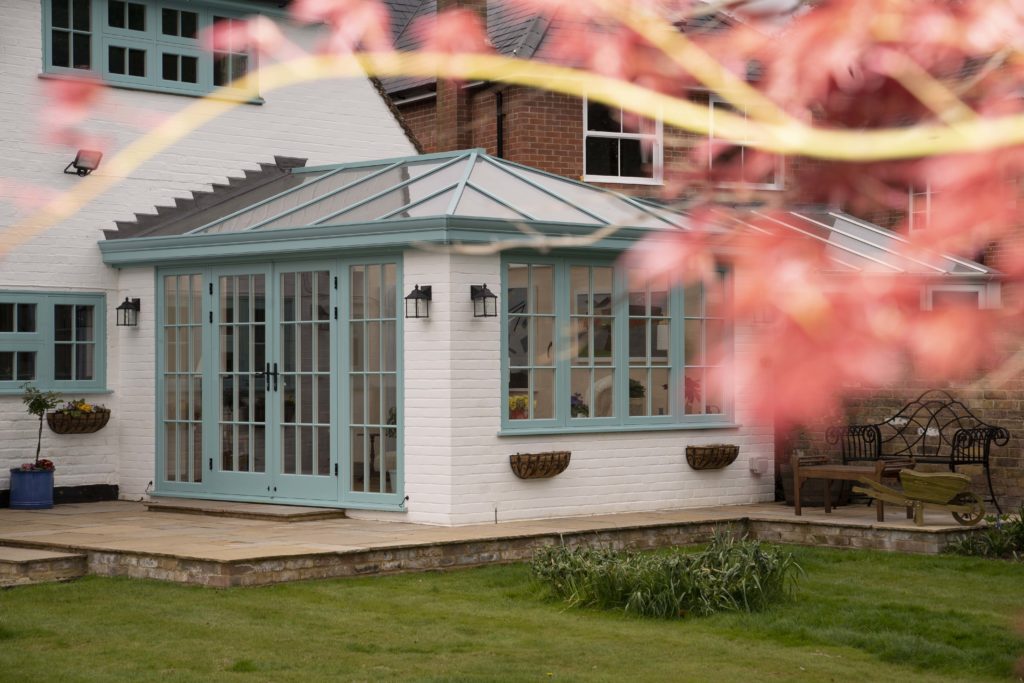
Adding a conservatory to your home can be a fantastic way to create extra living space and bring more natural light into your home. However, knowing whether you need planning permission is essential before building. Our latest blog article explores the importance of planning permission for a conservatory, including what it entails, when you might need it, and how to get it.
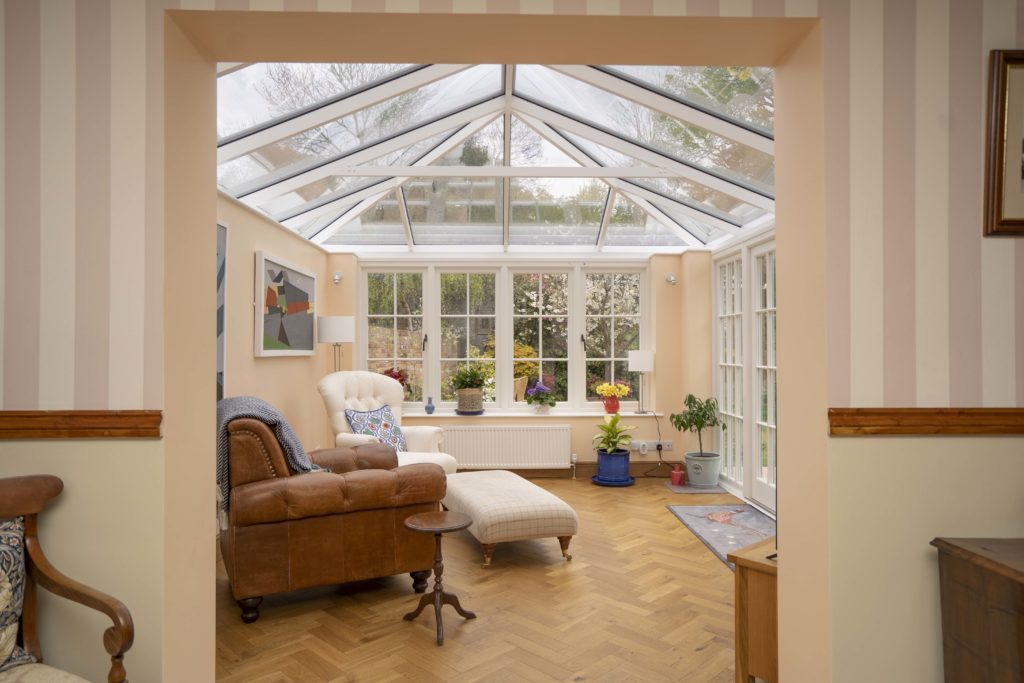
Local planning authority( “Local planning authority discussing plans”)
Planning permission is the approval from your local planning authority to build on or change the use of land or buildings.
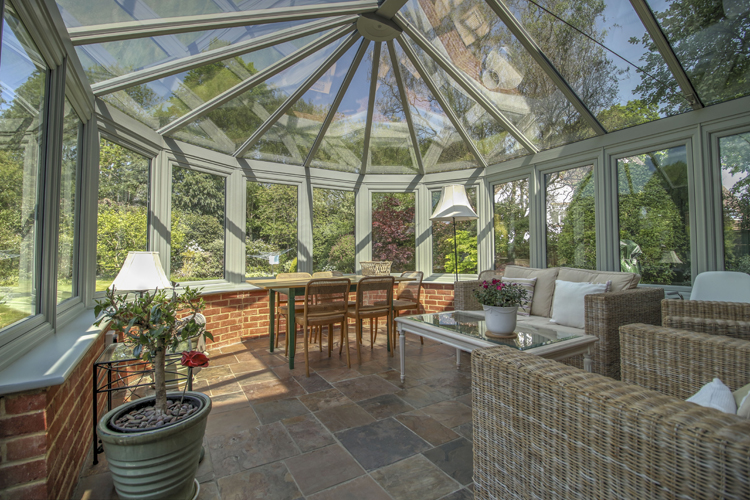
General Rules
You often won’t need planning permission for a conservatory if it meets specific guidelines. These guidelines fall under “Permitted Development Rules,” which allows homeowners to make particular changes without formal permission.
Specific Conditions
However, the Planning portal states several conditions must be met for your conservatory to be considered permitted development:
Size and Height: The conservatory’s height must not exceed 4 meters. A semi-detached house cannot extend more than 3 meters beyond its rear wall, while a detached house can extend up to 4 meters.
Area Coverage: It must not cover more than half the land area around the original house.
Roof and Eaves: The eaves must not exceed the height of the existing house, and the roof ridge must remain lower than the highest point of the existing roof.
Design and Materials: The conservatory must keep with the existing house’s appearance.
Exceptions
There are certain situations where you will need planning permission, regardless of whether your conservatory meets the above conditions:
Conservation Areas: Stricter rules apply if your home is in an (AONB) Area of Outstanding Natural Beauty, national park, or conservation area,
Listed Buildings: If your property is listed, you’ll need listed building consent and planning permission.
Previous Alterations: If previous extensions or alterations have already used up the permitted development rights, you may need planning permission.
Proximity to Boundaries: the eave’s height cannot exceed 3 meters.If your conservatory is within 2 meters of a boundary.
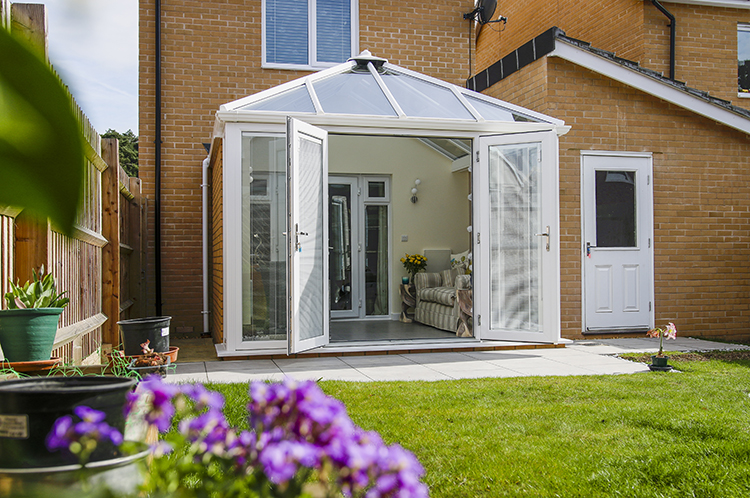
Building approval( “Building approval and planning documents”)
If you determine that you need planning permission for your conservatory, here are the steps to follow:
Your first step should be to consult your local planning authority (LPA). They can assist you in determining if your project requires planning permission and inform you of the specific regulations that apply to your area.
You’ll need to prepare detailed plans and drawings of your proposed conservatory. These should include dimensions, materials, and how they will fit with your existing property. You should also submit a design and access statement explaining your project’s rationale.
Submit your planning application along with the required fee to your LPA. They will review your application, which typically takes around eight weeks. During this time, your application will be open for public consultation, allowing neighbours and other interested parties to share their opinions.
Await Decision
Once the consultation period is over, the LPA will make a decision. If approved, you can proceed with your conservatory project. You can appeal the decision, make amendments, and resubmit your application if it’s refused.
Building Regulations Approval
construction site( “Ongoing construction work”)
In addition to planning permission, you may also need approval for building regulations. Building regulations ensure that any construction work meets specific safety and performance standards.
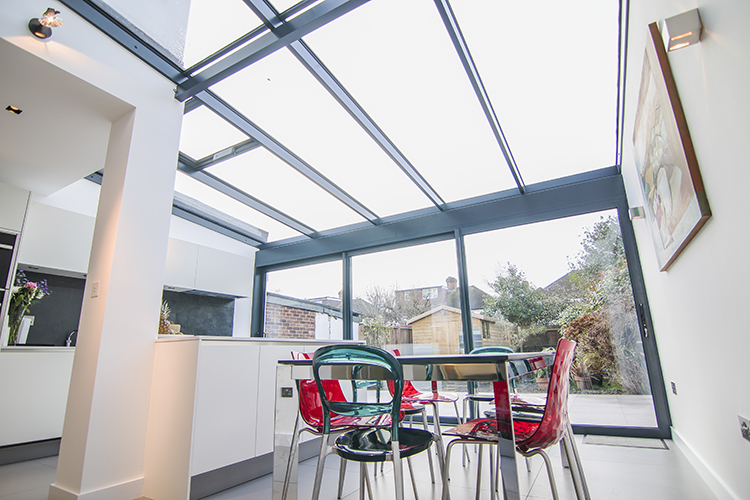
Building regulations approval is generally required if your conservatory:
Is Not Separated: If it’s not separated from the house.
Is Over a Certain Size: If it exceeds 30 square meters in floor area.
Affects Drainage: If it impacts the existing drainage system.
Is Attached to a Habitable Room: If it’s attached to a room used for living purposes, such as a kitchen or living room.
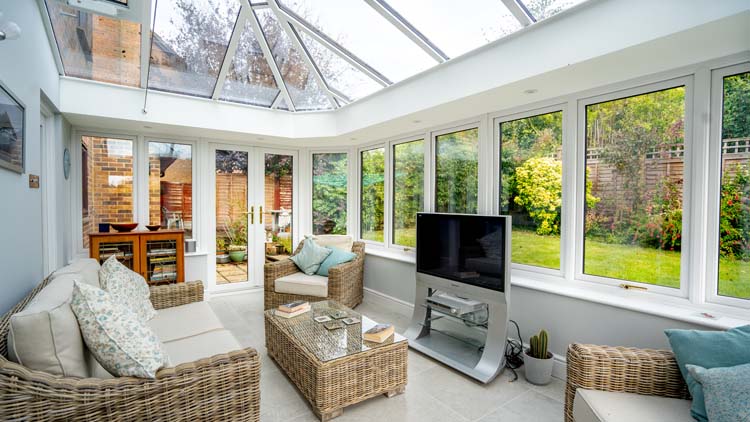
You must apply to your local building control, local authority or an approved inspector.
Provide Detailed Plans: Include detailed plans and specifications of your proposed conservatory.
Inspections: Your work will be inspected at various stages to ensure it complies with building regulations.
Completion Certificate: Once the construction is complete and all inspections have passed, you’ll receive a completion certificate.
Semi-Detached and Detached Homes
Semi-Detached Homes
For semi-detached homes, specific rules apply regarding the size and placement of your conservatory:
Extension Limits: from the rear wall of the original house, you can extend up to 3 meters
Height Restrictions: The maximum height must not exceed 4 meters.
Detached Homes
For detached homes, you have slightly more leeway:
Extension Limits: from the rear wall of the original house, you can extend up to 4 meters
Height Restrictions: The exact height restriction applies to 4 meters.
If you’re considering adding a conservatory to your home, contact us today for a free quote.
Our commitment to delivering outstanding results has led to repeat business, glowing testimonials, and over 550 Trustpilot reviews.
Read our previous post - « An Incredible Day at Homebuilding & Renovating Show at London’s Excel